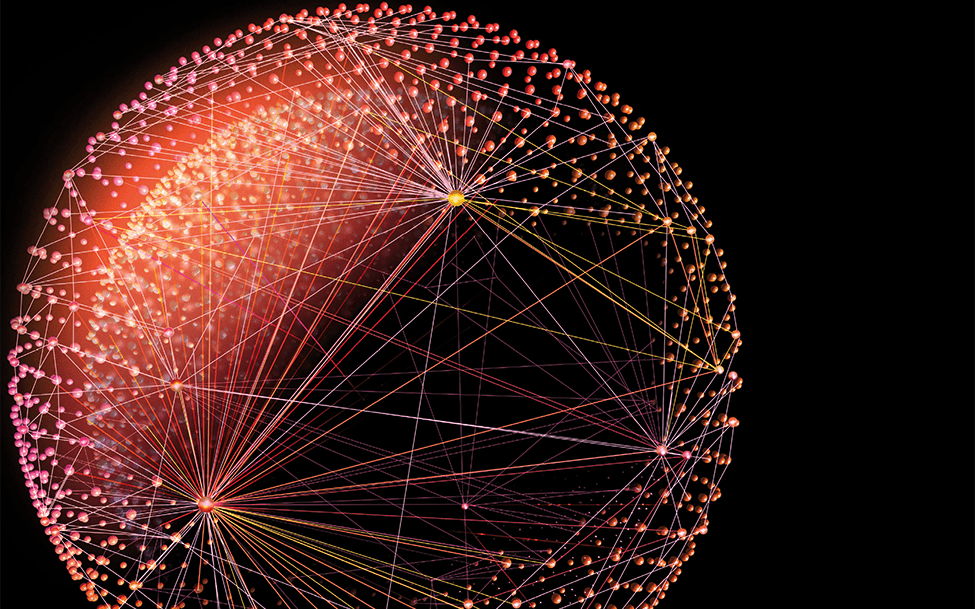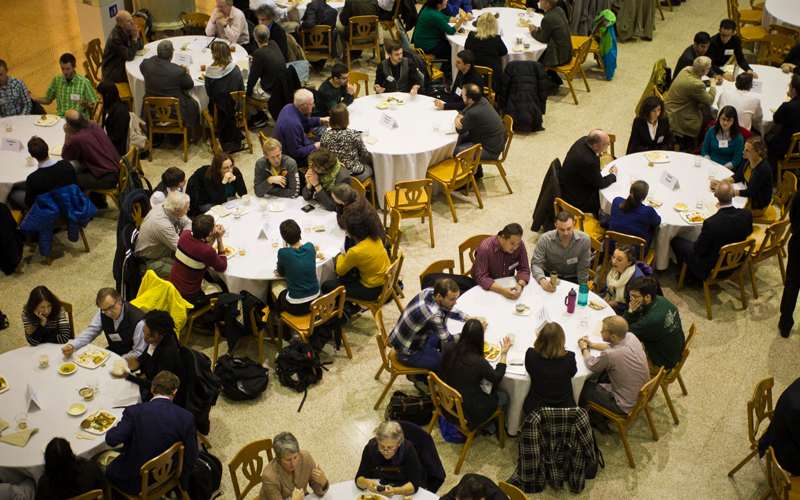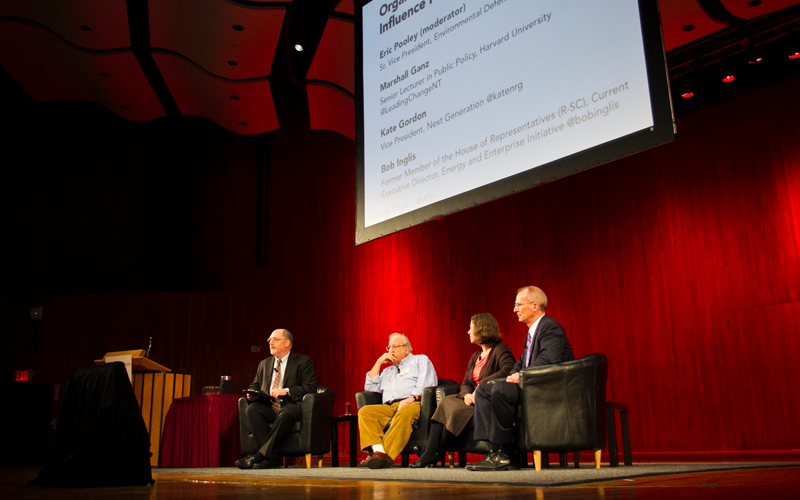RESEARCH & Initiatives
Click to learn more about CCI’s different initiatives and areas of work:
DESIGNING
Collectively Intelligent Systems
CREATING
STUDYING
DEVELOPING
Designing Collectively Intelligent Systems
Collective Intelligence Design Lab
MIT’s Collective Intelligence Design Lab (CIDL) helps groups design innovative new kinds of collectively intelligent systems (superminds) to solve important problems.
Climate CoLab
Using new collaboration tools, this project is attempting to harness the collective intelligence of large numbers of people to address the problem of global climate change.
Combining Human and Machine Intelligence for Making Predictions
This project studies how human and machine intelligence can be combined to make predictions about future events such as product sales, political events, military actions, and business product development.
More about Combining Human and Machine Intelligence for Making Predictions
Combining Human and Machine Intelligence for Making Predictions
Progress in computing technology now allows machines to use vast amounts of data to make predictions that are often more accurate than those by human experts. Yet, humans are more adept at processing unstructured information and at recognizing unusual circumstances and their consequences. Can we combine predictions from humans and machines to get predictions that are better than either could do alone? This project involves using prediction markets and other methods to combine predictions from groups of people and artificial intelligence agents. In our work so far, we have found that the combined predictions were both more accurate and more robust than those made by groups of only people or only machines. This combined approach may be especially useful in situations where patterns are difficult to discern, where data are difficult to codify, or where sudden changes occur unexpectedly. Publications Nagar, Y. & Malone, T. W. Making Business Predictions by Combining Human and Machine Intelligence in Prediction Markets. Proceedings of the International Conference on Information Systems ICIS 2011, Shanghai, China, December 5, 2011. Nagar, Y., & Malone, T. W. (2012). Improving predictions with hybrid markets. Proceedings of the American Association of Artificial Intelligence (AAAI) Fall Symposium on Machine Aggregation of Human Judgment, Arlington, VA, November 2-4, 2012 (Published in on-line proceedings as AAAI Technical Report FS-12-06. People Principal Investigator Thomas W. Malone Graduate Students Yiftach Nagar Advisors Alexander (Sandy) Pentland Tomaso Poggio Drazen Prelec Josh Tenenbaum
Deliberatorium
This project is exploring how to integrate ideas from argumentation theory and social computing to help large numbers of people enumerate the issues, ideas, and tradeoffs for complex problems with much greater signal-to-noise and much more systematic organization than existing (e.g. forum, wiki, or idea-sharing) technologies.
Nonlinear Negotiation
This project is investigating ways to help large numbers of individuals come to agreements about complex problems with many interdependent issues.
Climate Plan Accelerator
In collaboration with other centers and groups at MIT, CCI has envisioned the MIT Climate Plan Accelerator (CPA), a framework for using collective intelligence, climate science-policy models and analysis, blended financing mechanisms, and impact measurement to scale governments’ and organizations’ ability to implement their climate goals.
Sensible Organizations
This project is using new sensors embedded in wearable “social badges” as a kind of “information microscope” to systematically analyze organizations at a much finer grained level than has been done before.
Collaborative Innovation Networks
The goal of this research project is to help organizations increase knowledge worker productivity and innovation by studying Collaborative Innovation Networks (COINs).
Learn More about Collaborative Innovation Networks
Collaborative Innovation Networks
http://www.ickn.org Peter Gloor, Tom Allen, Robert Laubacher, Detlef Schoder & Kai Fischbach (University of Cologne), Francesca Grippa (Northeastern), Ken Riopelle & Julia Gluesing (Wayne State), Christine Miller (Savannah College of Art and Design) Wikipedia volunteers spend hours creating articles on topics close to their hearts, LEGO Mindstorm hackers pay their own tickets to Denmark to teach LEGO their most recent inventions, and Silicon Valley startup entrepreneurs all collaborate as creative swarms. They behave much like bees swarming to a new location. We call this process coolfarming, using the beehive as a metaphor to describe how to tap the creative potential of communities of innovators. A group of enthusiasts gets together to create something radically new and then recruit early adopters to try their innovation, thereby turning it into a cool trend. Coolfarming describes the genesis of an emergent trend—something new and fresh gets developed by a team of daring individuals, who then spread it to the rest of the world. Coolfarming works by unlocking the creative potential of Collaborative Innovation Networks (COINs). COINs are made up of groups of self-motivated individuals linked by the idea of something new and exciting and by the common goal of improving existing business practices or creating new products or services for which they see a real need. The strength of COINs is based on their ability to activate creative collaboration and knowledge sharing by leveraging social networking mechanisms, which positively affect individual capabilities and organizational performance. Swarm creativity gets people to work together in a structure that enables a fluid creation and exchange of ideas. Patterns of collaborative innovation frequently follow an identical path, from creator to COIN to Collaborative Learning Network (CLN) to Collaborative Interest Network (CIN). Over the last ten years, our approach has been applied to dozens of organizations. We have studied their social networks through the lens of e-mail archives and other mechanisms to track organizational communication. The resulting analyses can show how to increase organizational effectiveness, creativity, productivity, and customer and employee satisfaction. One result of our work is the software tool Condor (free for academic use) for Web mining, social network analysis, and trend prediction (available from the ickn.org website).
- Watch a video of Peter Gloor discussing Swarm Creativity
- Video by Chilean TV Canal 13 on COINs
- Watch a sampling of Condor movies
- Project web site: ICKN Intelligent Collaborative Knowledge Networks
- For additional information, contact Peter Gloor
Selected publications
- Overview Blog post by Geoff Dutton
- CNN Europe: Is Collaboration the Future of Invention April 2008
- Peter A. Gloor, Ken Riopelle, Julia Gluesing, Casper Lassenius, Maria Paasivaara, Cristobal Garcia (Guest Editors) Special Issue on Collaborative Innovation Networks (COINS) International Journal of Organisational Design and Engineering, 2012 Vol. 2 No. 2
- The full list of publications is here
- Read the Swarmcreativity Blog
- Annual COINs conference
- Order the Coolfarming Book at Amazon
Coolhunting: Identifying Trends Through Online Social Media Analysis
In this project, we study a wide range of methods for predictive analytics (coolhunting) mostly based on social network analysis and the emerging science of collaboration.
Measuring Collective Intelligence
This project is using the same statistical techniques used in individual intelligence tests to measure the intelligence of groups. We have found that, just as with individuals, there is a single statistical factor for a group that predicts how well the group will perform on a wide range of very different tasks. The project also examines the factors that affect the “collective intelligence” of a group, such as its size, the collaboration tools it uses, and the gender and interpersonal skills of its members.
The Genome of Collective Intelligence
The Genome of Collective Intelligence project is developing a taxonomy of organizational building blocks or genes, that can be combined and recombined to harness the intelligence of crowds.




